The Article
Serene Linn Upgrade Kit From Stack Audio
16th January 2020
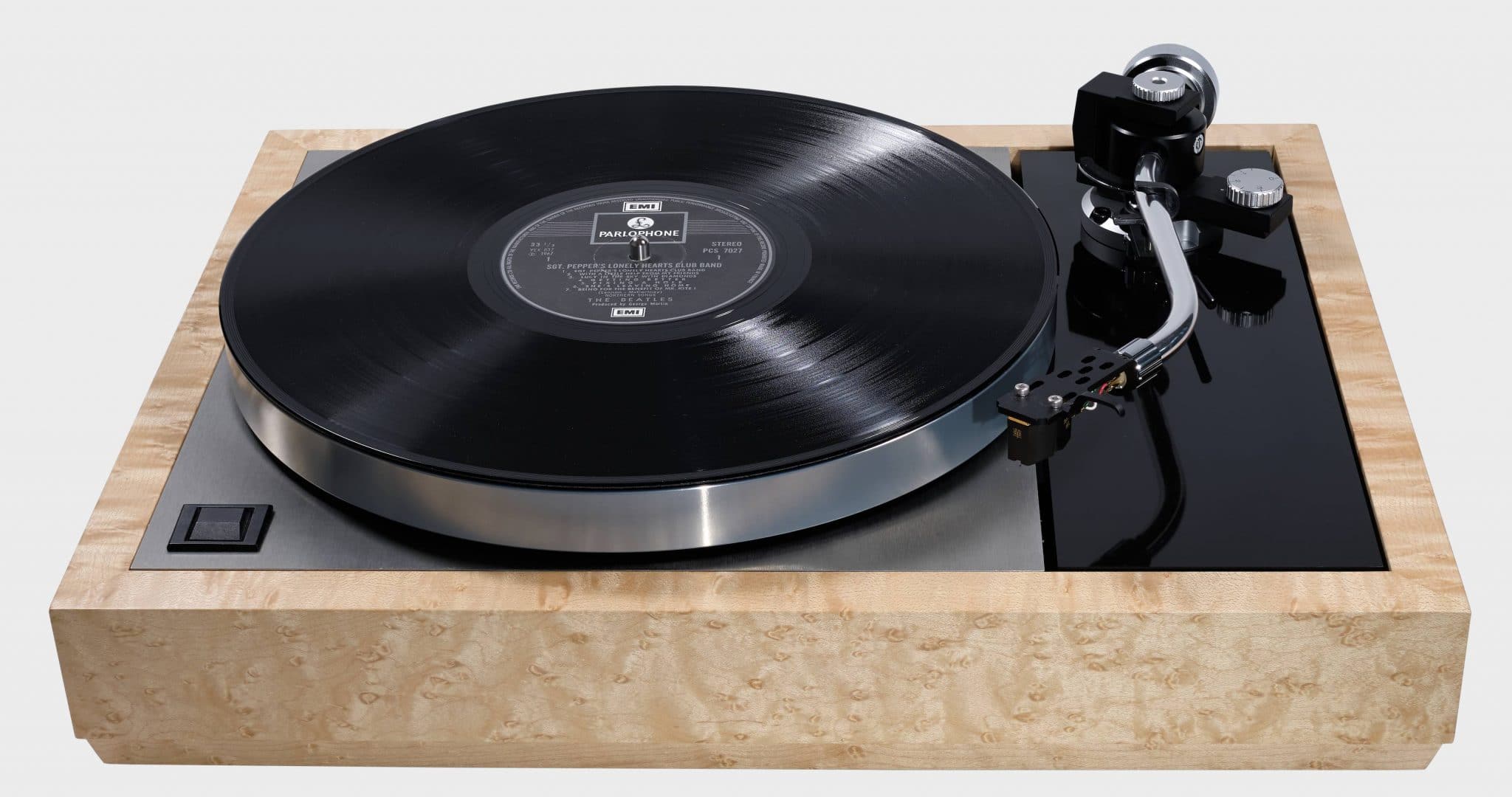
Looking to upgrade your Linn Sondek turntable? UK-based Stack Audio might have the solution for you with its Serene upgrade kit
Created in 1973 by Linn’s Ivor Tiefenbrun, whatever your views on the design, the Sondek LP12 is a legend in analogue sources. Partly because of its long life but also because of its modular design and the way Linn create each LP12. Every single Linn is made by hand just outside Glasgow and signed by the person who builds it.
The notion of modularity has meant that the basic design can and has been upgraded over the decades. By Linn or course but also via third-party outfits. Which explains that long-lived element of the turntable. Upgrading the Linn has given the LP12 a shot in the arm at regular intervals, boosting its sound quality and maintaining its competitive edge.
This also means, of course, that there are a host of different Linn LP12s out there, on the market, right now. All at various stages of build modification and thus price point.
Which is where Stack Audio’s Serene comes into play. The Serene is a multi-part kit that can be bought as one entire kit. You can, if you wish, buy each part of the kit individually, building piece by piece as funds allow. I decided to install the entire kit.
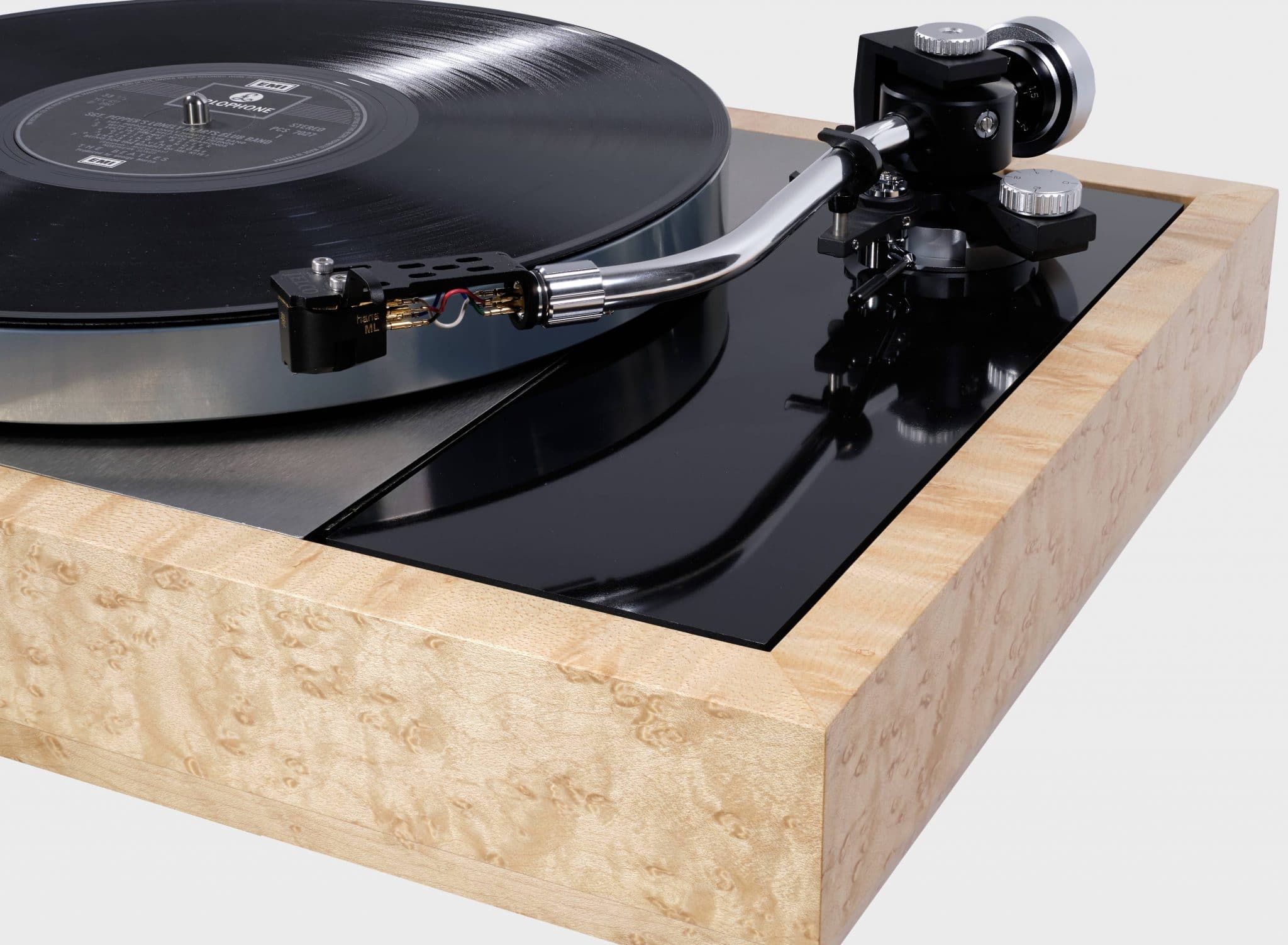
The pieces include an aluminium baseboard incorporating AVDC, a stainless steel top plate incorporating AVDC, a stainless steel cross-brace incorporating AVDC, a Solid Surface subchassis and a Solid Surface arm board.
A quick explanation before we move on. AVDC or Advanced Vibration Dissipation Composite is a dissipation layer, constrained between two metal surfaces, “When the surfaces vibrate, the dissipation layer turns the mechanical vibration into heat. The AVDC insert is implemented in the Serene top plate, baseboard and cross brace,” said the company. And Solid Surface? That’s a composite of acrylic polymer, aluminium and minerals. It is inert and stable, “…resonates less than metal or wood and is denser than acrylic alone,” said the company.
I wanted to build a Sondek that was not rated at the top of the tree in price terms. I wanted to create a more accessible model, one priced lower down the ladder to open up the final, modded Linn to as many people as possible.
Hence, I grabbed a LP12 from the late-80s/early-90s which might set you back £700-£1,000 depending on the arm and cartridge. Not exactly cheap in broad terms but certainly not expensive for a LP12, either (a Linn Klimax LP12 variant costs around £17,000 or so). The selected review model also provides a decent base-level entry point to build upon.
What that means in monetary terms is that the full Serene upgrade will set you back £618.
Stack Audio obviously values its upgrade very highly. Very highly. I was unable to compare the modded Serene to a higher-end Linn. Nevertheless, Stack Audio did say this, “We know from experience with Linn dealers that a fully kitted Stack Audio LP12 (of Serene standard) is better than the Majik (£2,900) and approaching the Akurate (£6,900) in terms of sound quality. With a Lingo power supply fitted instead of the Vahalla, we believe it equals the Akurate (recognising that other factors like arm, cartridge and cables also have a bearing on the final sound).”
Now, of course, you might say, “Well, they would say that, wouldn’t they?” Indeed. That said, I wanted to throw that information in your direction for you to mull over and possibly act upon with your own research via possible listening tests at your local Stack Audio dealer. This is information that I have not checked, I have to emphasise but it’s something for you to bear in mind when deciding upon the kit itself.
Before I move onto sound tests, I have to add that the Serene is but one of two upgrade paths. There is the more expensive Ultimate kit which I do not look at in this review but I wanted to mention in passing just to let you know that it exists. It adds an improved top plate and baseboard. I’ll put prices for those below, check out the website link below for more details.
PARTS
Let’s take a closer look at the kit itself and compare those parts to the Linn originals.
TOP PLATE
The standard Linn top plate is made from a single layer of 1.5mm stainless steel. The top plate is attached to the plinth. The subchassis and arm board are suspended from the top plate.
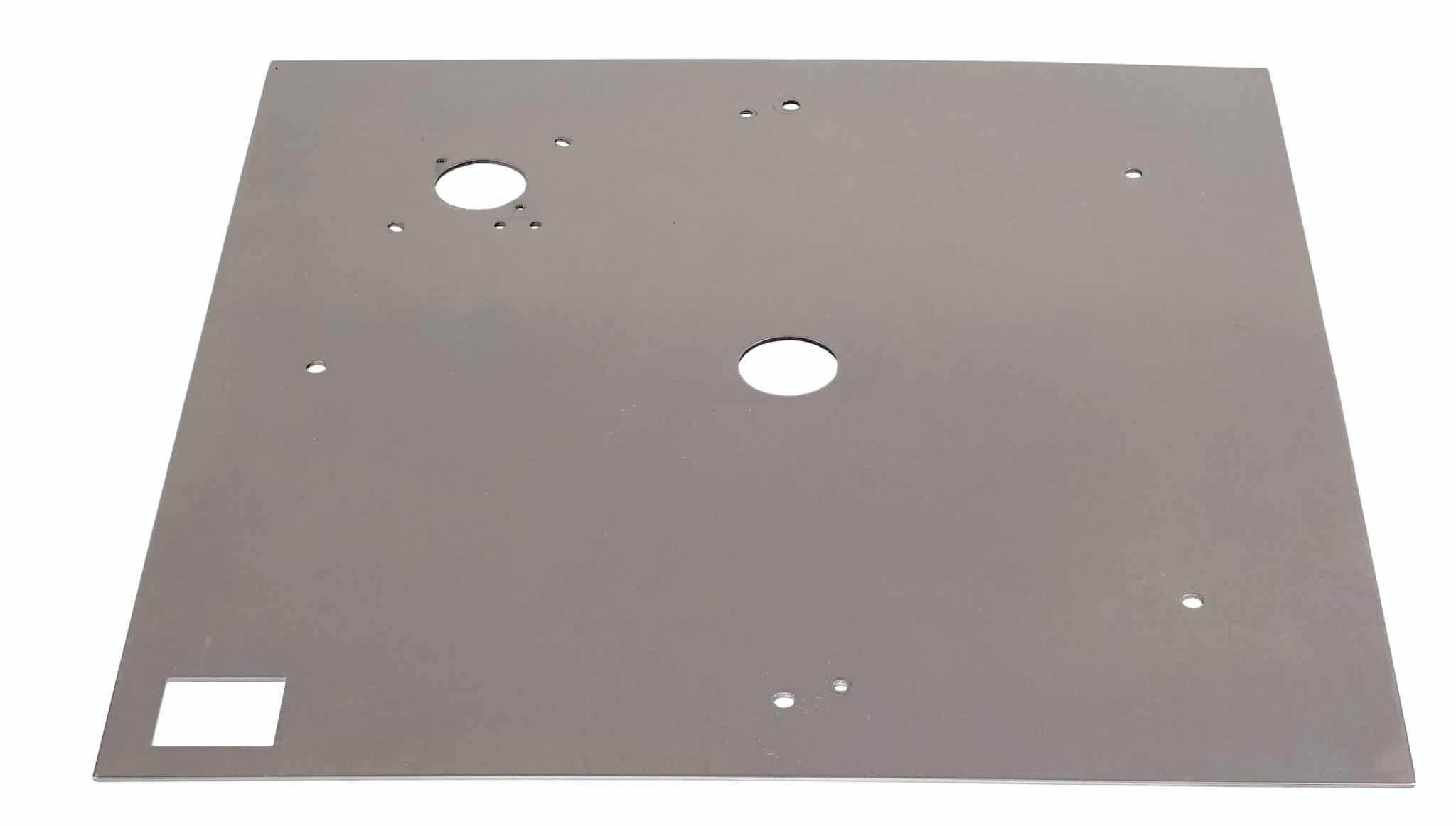
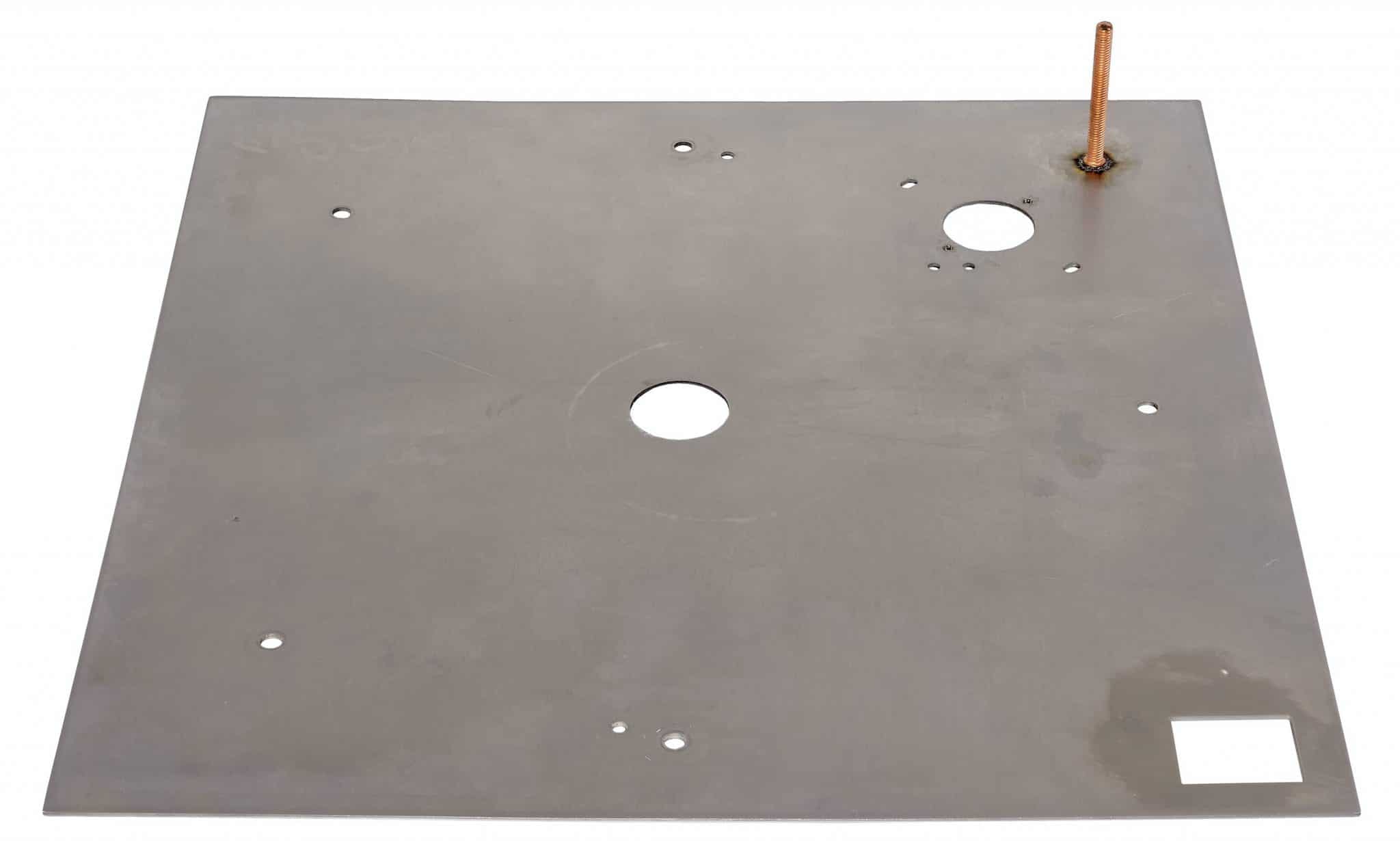
The brushed stainless steel Serene top plate consists of a a two-piece construction incorporating a bonding layer of AVDC.
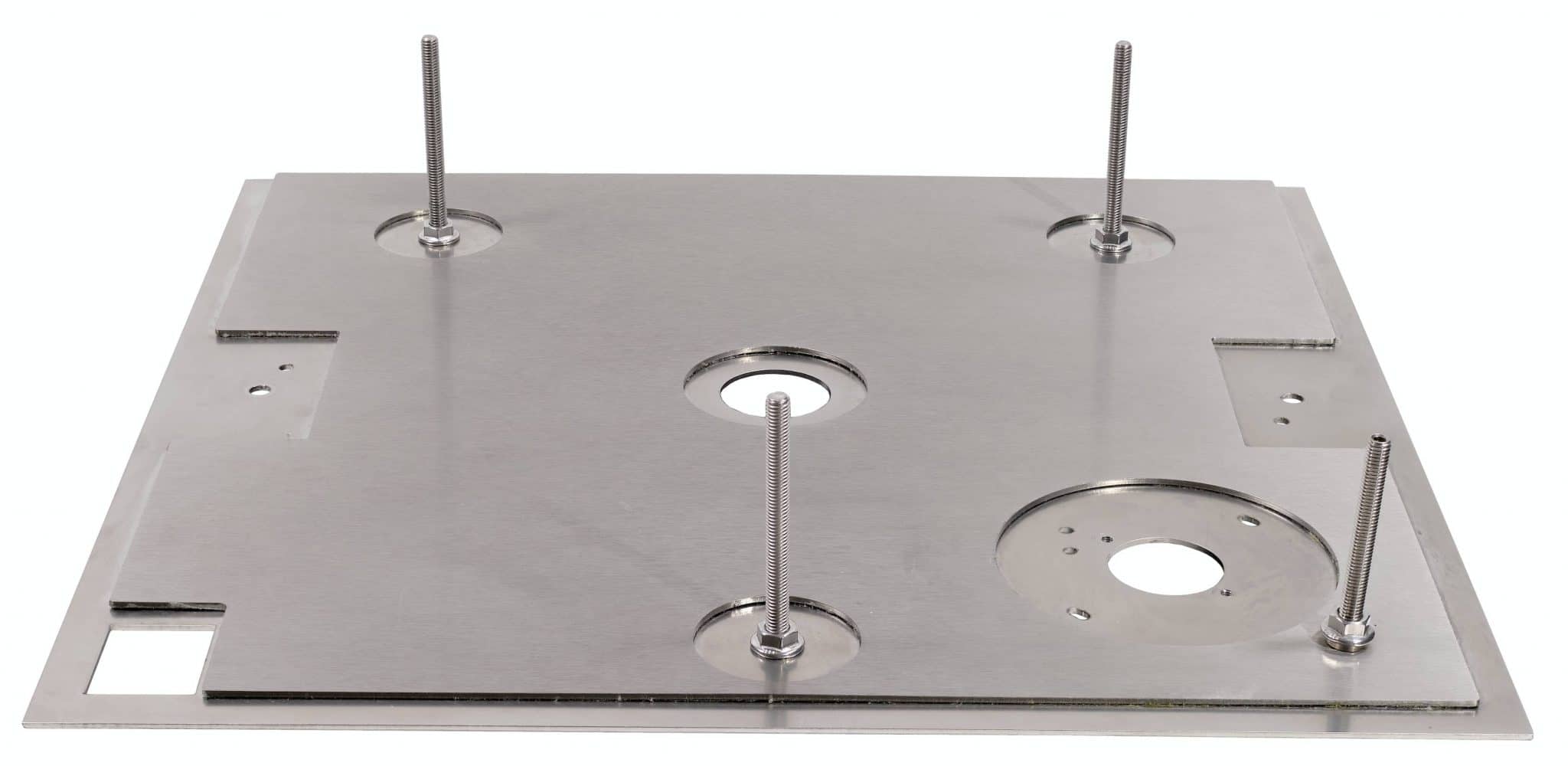
The idea is to add both strength and rigidity providing more precise and robust alignment for the spring retaining bolts. The AVDC layer also helps prevent motor noise and airborne vibration being transmitted from the top plate through the springs to the subchassis and arm board.
CROSS BRACE
The standard Linn cross-brace is a pressed steel bracket that is fixed to the plinth mounting blocks adding strength and rigidity and sitting below the subchassis. It acts as the mounting bracket for internal power supplies (like the Valhalla) or the connector board for external power supplies such as the Lingo.

The Serene cross-brace comprises two stainless-steel plates with a layer of AVDC lamination. The intention is to provide additional isolation for the power supply’s oscillators from vibration improving the control of motor timing.
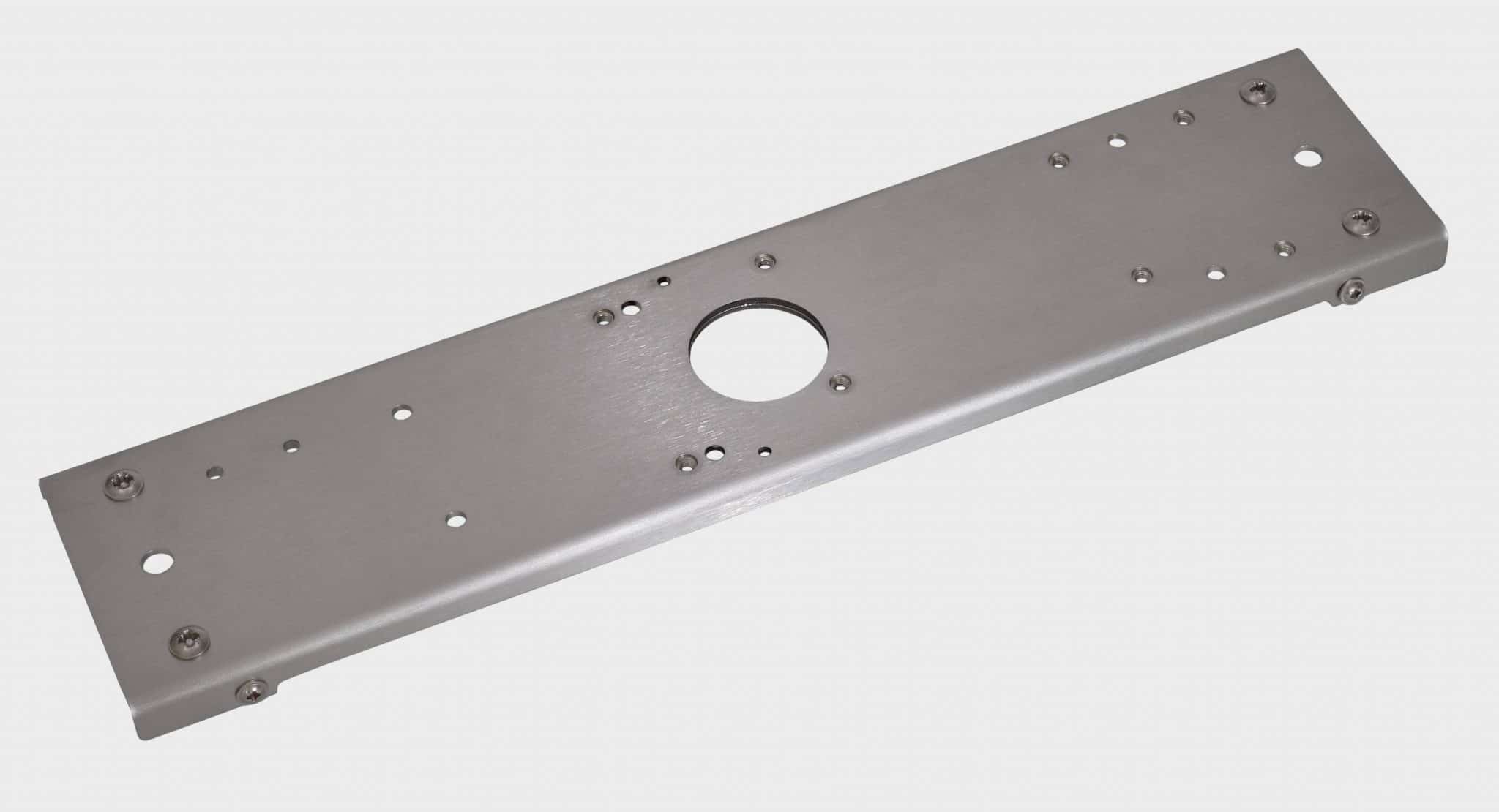
Replacing a standard cross-brace with a Serene cross-brace can be done without a full strip down by removing the baseboard and disconnecting the wires to the power supply.
BASEBOARD
The baseboard is screwed to the underside of the plinth enclosing the LP12. Original LP12 baseboards are made from 3mm fibreboard and do little to isolate the LP12 from vibration. Their purpose is for safety.
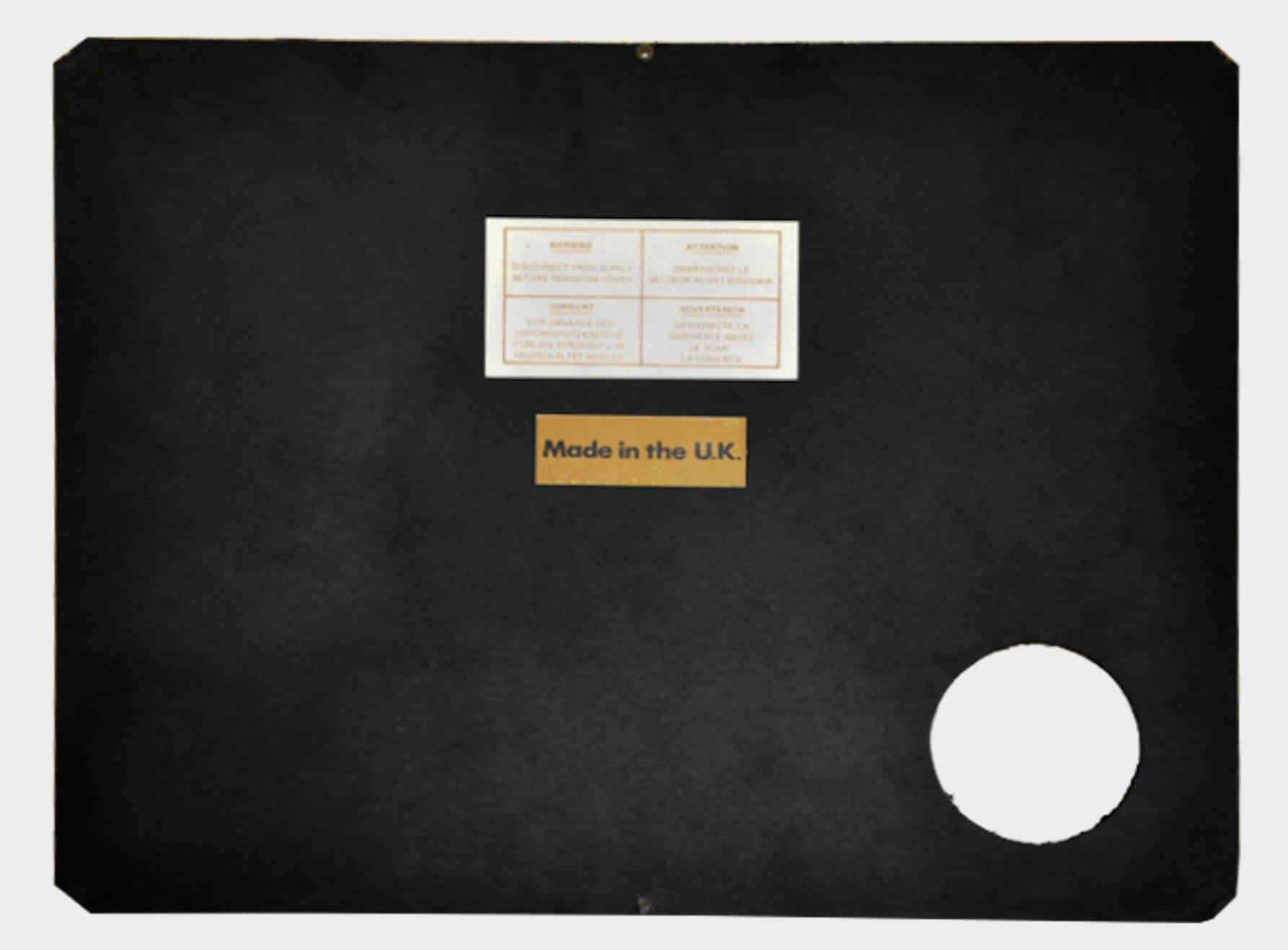
Late LP12s (from 1991 onwards) feature solid metal baseboards. The Serene baseboard is made from two layers of aluminium bonded with a layer of AVDC providing much, says the company, improved vibration dissipation and height adjustable feet.
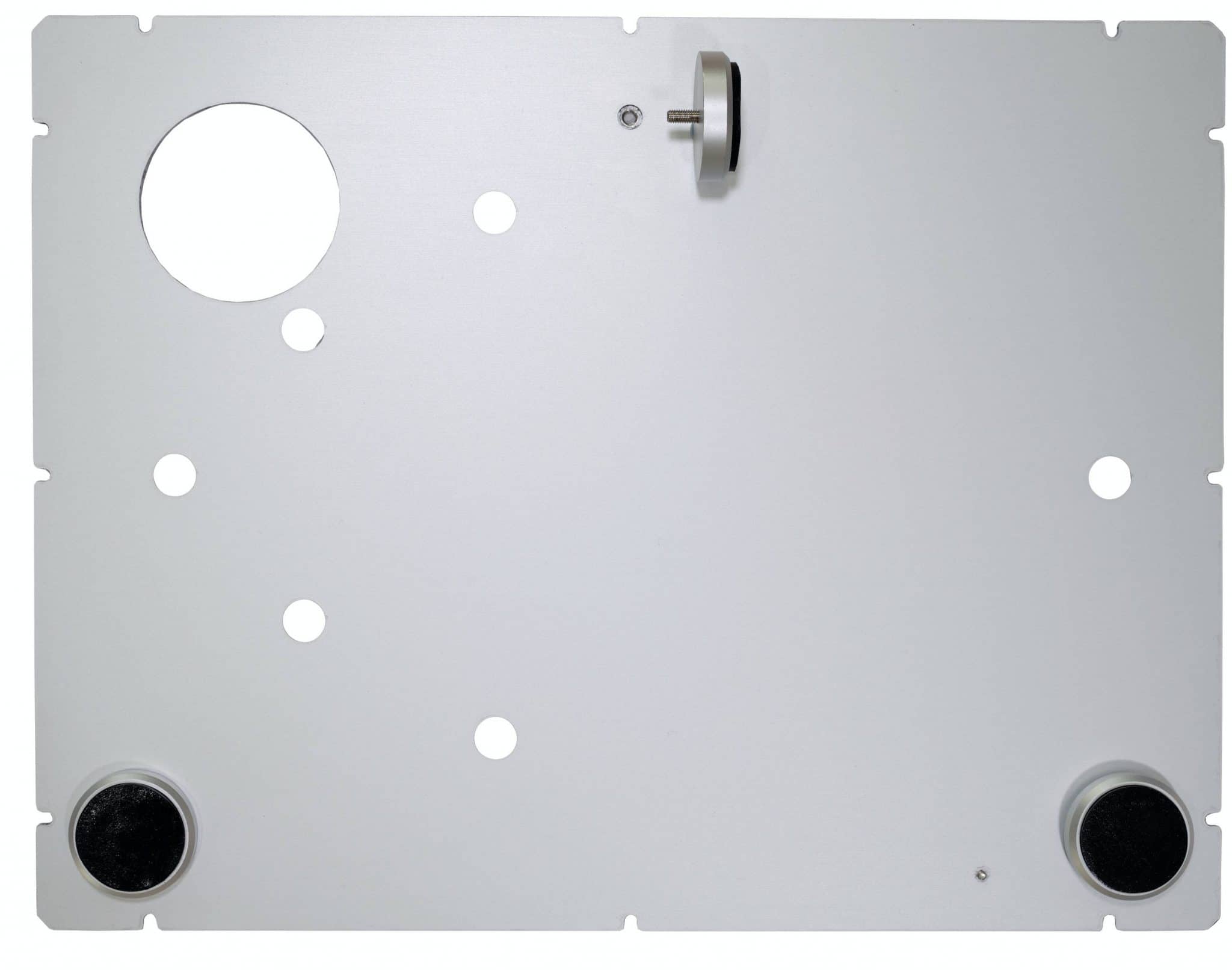
Changing the baseboard is the easiest way to sample Serene upgrades as it is simple to install and does not require a strip down.
SUBCHASSIS
The subchassis is backbone of the LP12. It is suspended from the top plate (sitting on the suspension springs and grommets) and attached to the arm board with three screws at the right-hand end. The main bearing housing is bolted to the underside of the subchassis which supports the spindle and platter.
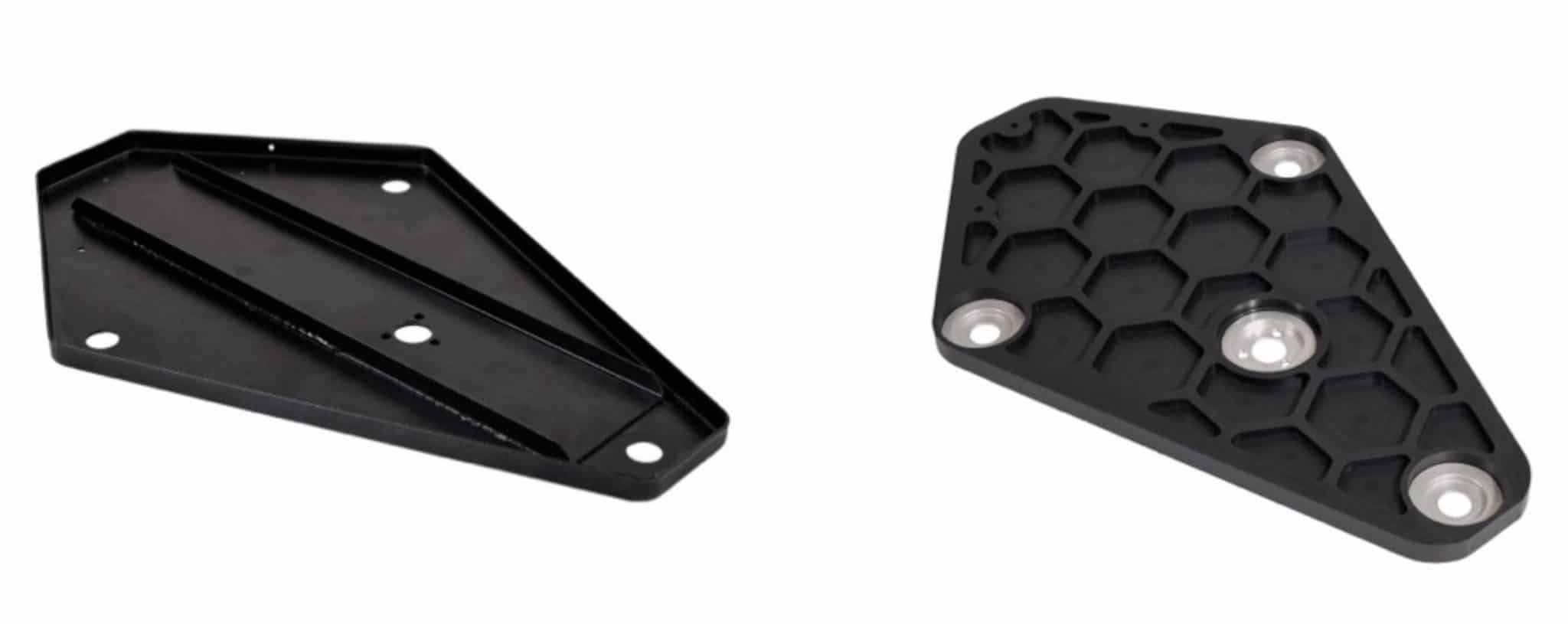
Standard Linn subchassis are made from pressed steel with a bonded strengthening bar added (from 1984 onwards).
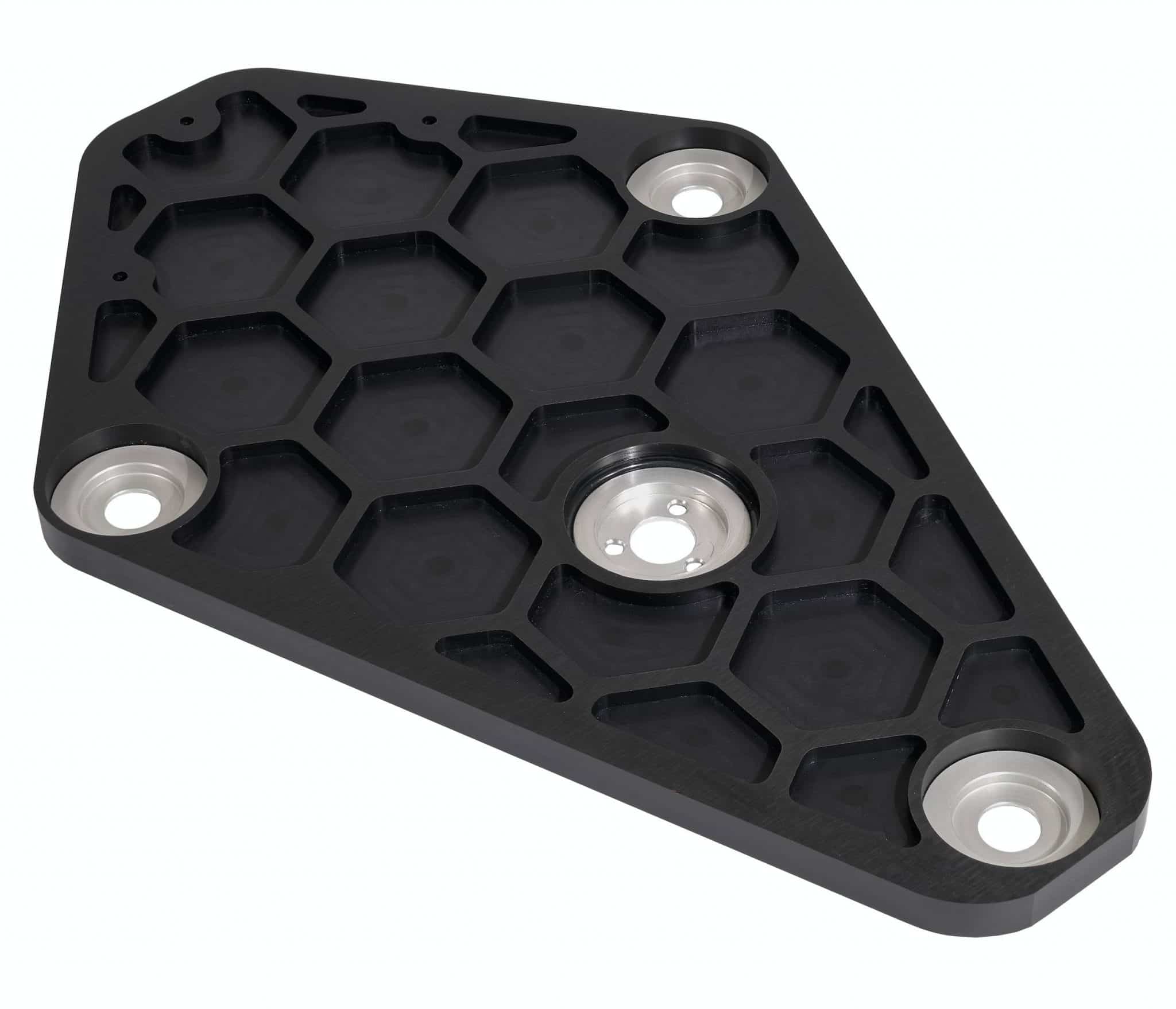
The Serene subchassis is machined from Solid Surface with a honeycomb structure on the underside. It is a direct replacement for the standard subchassis it requires a substantial strip down to fit.
ARM BOARD
There have been many variations of Linn arm boards since the original fibreboard version. In 1987 the first MDF laminate arm board was introduced which evolved over the years with three versions differing mainly in terms of the number and hardness of the laminations. The arm board is fixed to the subchassis with three self-tapping screws. The quality of the fixing is critical to the performance to the LP12. Care needs to be taken when screwing the arm board to the subchassis to avoid damaging the fixing holes which can also loosen through time.
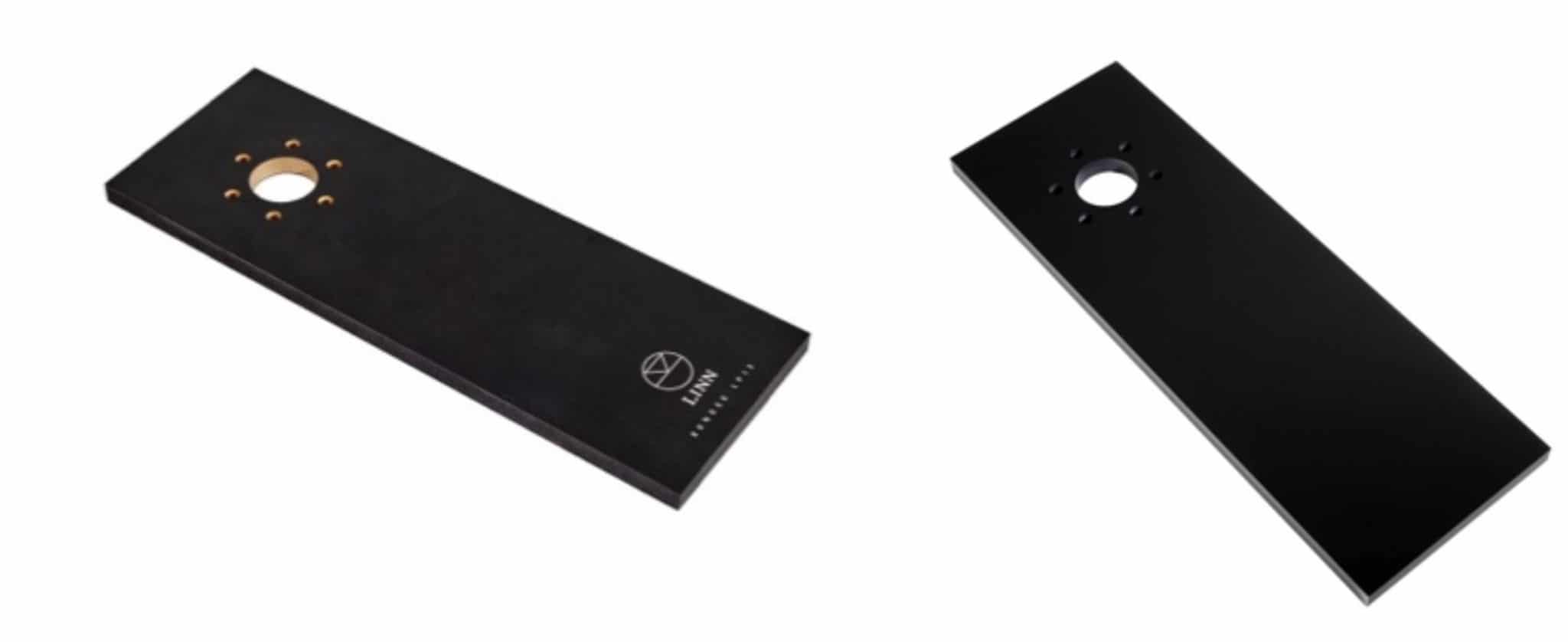
Serene arm boards are machined from Solid Surface and have threaded brass inserts for the subchassis mounting screws. They are available with cut-outs for Linn, Rega, SME and Naim Aro tone arms.
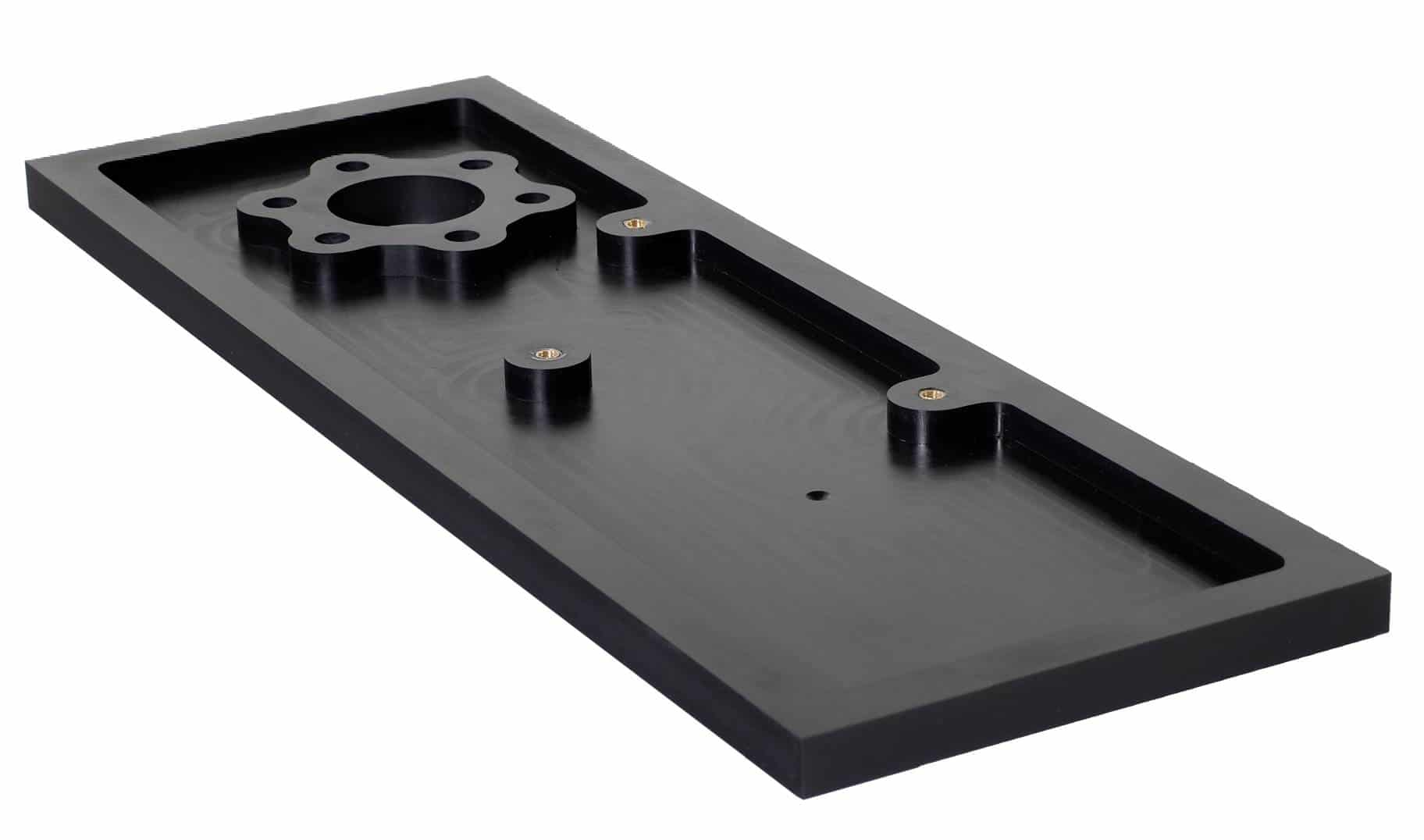
Fitting a Serene arm board to an existing subchassis can be done without dismantling the LP12. The baseboard will have to be removed and the arm cable and mounting detached. After fitting the new arm board the suspension will have to be re-checked for height and bounce.
SET UP
As you can see above, Stack Audio’s kit upgrades the top plate, cross-brace and baseboard in the structure and subchassis and arm board in the platform. According to the company, the goal was to improve upon, “… the much-loved sound of the LP12, not change its character. We have been evolving and adapting our LP12 upgrades for the last five years.”
Setting up the assembled LP12 is critical to its performance especially setting the height and ‘bounce’ of the suspension. The routing of the arm cable is also important as this can also affect the suspension if done incorrectly.
The ability to raise the LP12 off the worktop by around 300mm is important to be able to work under the turntable when it is the right way up and to be able to invert the turntable. People sometimes use bookshelf speakers or speaker stands for this but a jig that allows the LP12 plinth to be clamped and held in place securely and levelled precisely will make the whole dismantling and re-assembly process easier and safer.
The most important safety point is to never work on an LP12 with it plugged into the mains. Internally fitted power supplies are always live and running high voltages. The power switch on the top plate only switches power to the motor; in the off position the power supply is still live. Ensure the LP12 has been unplugged for at least 20 minutes so the caps discharge.
Installing the top plate and subchassis requires a full or substantial strip down and rebuild of the LP12; changing the arm board and cross-brace can be done with partial dismantling but will require the suspension to be checked and potentially adjusted as part of the re-build. Changing the baseboard is straight forward and can be done without disturbing the other components.
If you’re in any way unsure of your DIY skills then upgrades should be installed by an experienced LP12 expert. Stack Audio has a number of dealers and installers, most of whom also have demo systems, incidentally. Check out the website (link below) for details. The installation service charge can range from £120 to £250+. Many Linn dealers are happy to install the third-party upgrades and will charge a flat installation fee.
SOUND QUALITY
For this review, I used a Jelco TS350-S9, 9” arm plus Audioquest Wildcat tonearm cable, with an Ortofon 2M Bronze hanging off the end of it. For LP12 fans, my base model also had a pre-Cirkus bearing and refurbished Valhalla internal power supply along with a, pre-1991 MDF baseboard, Linn plinth and motor corner brace.
I grabbed two contrasting LPs as sound sources. Ananda Shankar’s self-titled 1970 LP combined Eastern flavours with the odd cover, such as the sprightly, rocking, sitar-drenched version of the The Stones’ Jumpin’ Jack Flash (Warners). I also looked at Ella Fitzgerald’s …Sings The Harold Arlen Song Book via Verve/Speakers Corner.
The basic Linn – this particular flavour of Linn, at any rate because there’s many variants out there – sounded perfectly fine, admirable even, although not particular engaging. It sounded a bit on the safe side, even bland. Upper mids could also be a tad constricted and claustrophobic, even a tad clinical during guitar strums and high-pitched analogue synths while bass was a little coloured.
Swopping that for the Stack Audio upgraded model, the Linn sounded like it had just woken up! Now there was life! There was energy! The darned thing actually sounded interested!
Let’s go from the bottom up and that bass which, on my test records, varied from amorphous bass ‘tones’ lacking any proper form to, what sounded like, someone impersonating bass guitar by saying ‘pom, pom, pom’ on the original Linn. Hardly inspiring. What the Stack Linn offered was a more organic and tonally accurate presentation. Hence, during this track, I heard a string being pulled and released. There seemed to be more of a mechanical process at work here instead of an after-market sample effects box. In effect, realism was being enhanced. That realism was also accentuated by the increase in focus which meant that the bass response was less coloured with a reduced bloom.
Percussion exhibited a new-found variation during drum hits. Also, I noticed during extended conga playing, the extra air and space around the instrument which aided reverb and enhanced the personality of the instrument.
On the Stack Linn, both guitar on the Shankar LP and brass on the Fitzgerald track lost that clinical and claustrophobic upper mid effect at higher volumes. And the higher the volume on the original Linn, the more you tended to wince. That welcome correction by the Stack upgrades meant that more information could flow from these instruments. That is, the ear sought out this area of the soundstage instead of trying to hide from them.
Associated with that was a greater midrange insight both on the Fitzgerald lead vocal and the harmony vocal backing group on the Shankar LP. The insight meant that there was new detail surrounding the voices, the human details, the little variances, the tiny errors and the emotion. This insight was especially noticeable on the Shankar piece because you could now hear the harmonies as a group of voices instead of a single lump.
Overall, the effect of the Stack upgrades was akin to lowering the colour saturation levels on a TV. Instead of the blurring effect, the newly found precision added a sense of clarity but also calm to the entire soundstage. The effects were only enhanced when a moving coil cartridge was brought in at the end of the tests, an Ortofon Cadenza Bronze.
This also meant that subtle effects, such as the analogue synth runs that lay to the rear of the mix, could now be better heard across the entire track.
CONCLUSION
If ever a turntable needed upgrading to bring it up to speed, it’s the Linn Sondek. Well mine did at any rate. The Stack Audio upgrade brought forth more information overall, greater focus and drive in the mids and a tonal realism that made you want to sit up and and listen attentively. Stack Audio’s suite of upgrades gives the Linn Sondek a renewed sense of purpose.
STACK AUDIO SERENE LINN LP12 UPGRADE KIT
PRICES:
All the parts are available separately. Prices as follows:
- Serene Top Plate = £150
- Ultimate Top Plate = £450
- Serene Baseboard = £140
- Ultimate Baseboard = £215
- Arm Board = £75 (all arm fittings)
- Subchassis = £240
- Cross-brace = £45
In addition to the Full Sets at £618 (Serene) and £974 (Ultimate) Stack Audio sell some partial sets. All sets include a 5% discount over buying the parts separately.
- Serene Platform Set = £342 (Arm Board, Subchassis and Cross-brace)
- Serene Structure Set = £318 (Top Plate, Cross-brace and Baseboard)
- Ultimate Structure Set = £675 (Top Plate, Cross-brace and Baseboard)
Full details are available on the Stack Audio website ‘buy’ page: stackaudio.co.uk/shop-product
Tel: 01392 581089
Website: stackaudio.co.uk
GOOD: focused bass, midrange transparency, value for money, tonality
BAD: nothing
RATING: 8
[Don’t forget to check out my Facebook Group, The Audiophile Man: Hi-Fi & Music here: www.facebook.com/groups/theaudiophileman for exclusive postings, exclusive editorial and more!]
REFERENCE
Origin Live Sovereign turntable
Van Den Hul Crimson XGW Stradivarius Cartridge
Icon PS3 phono amplifier
Aesthetix Calypso pre-amp
Icon Audio MB845 Mk.II monoblock amplifiers
Quad ESL-57 speakers with One Thing upgrade
Blue Horizon Professional Rack System
Harmonic Resolution Systems Noise Reduction Components
All vinyl was cleaned using an Audio Desk’s Ultrasonic Pro Vinyl Cleaner

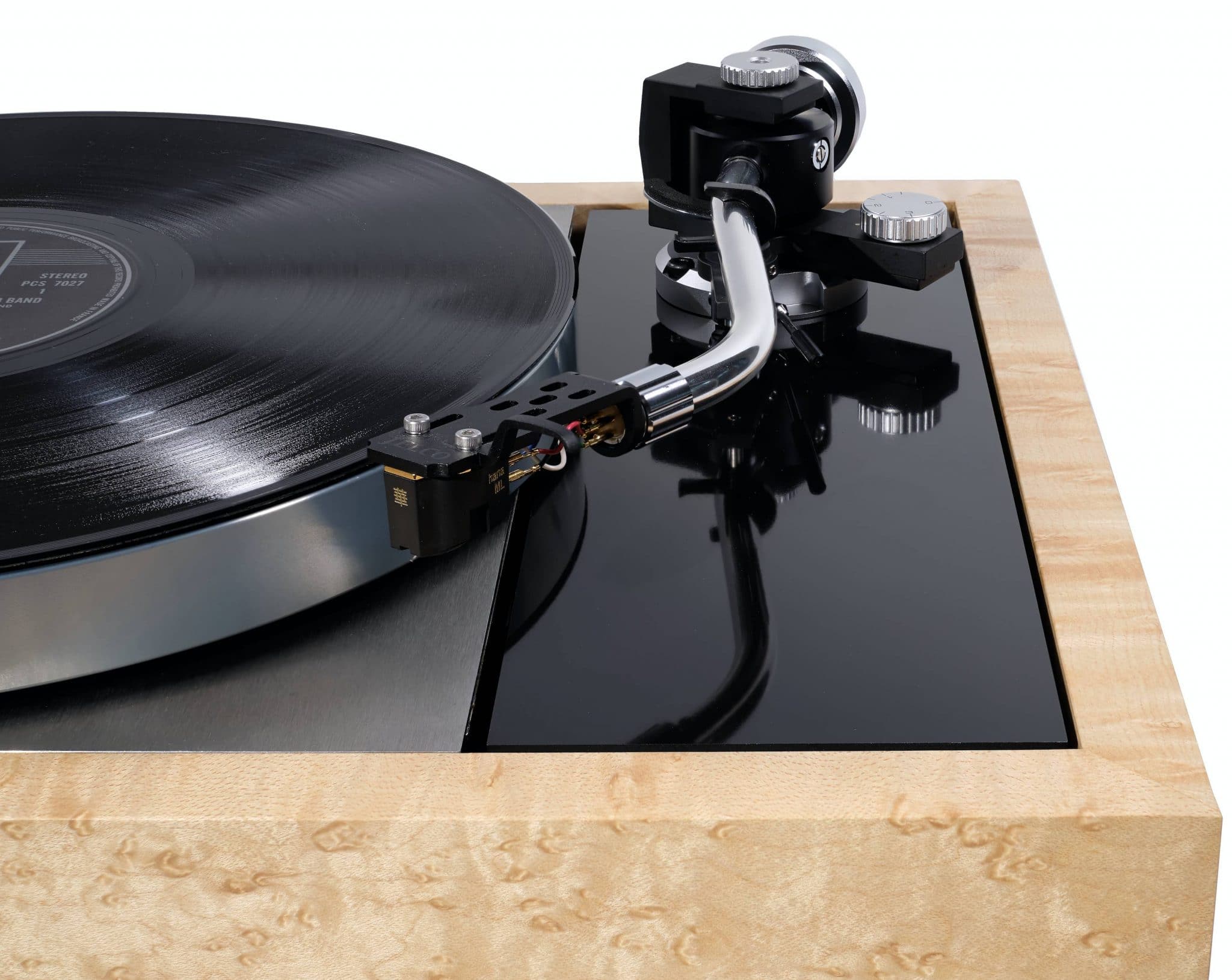
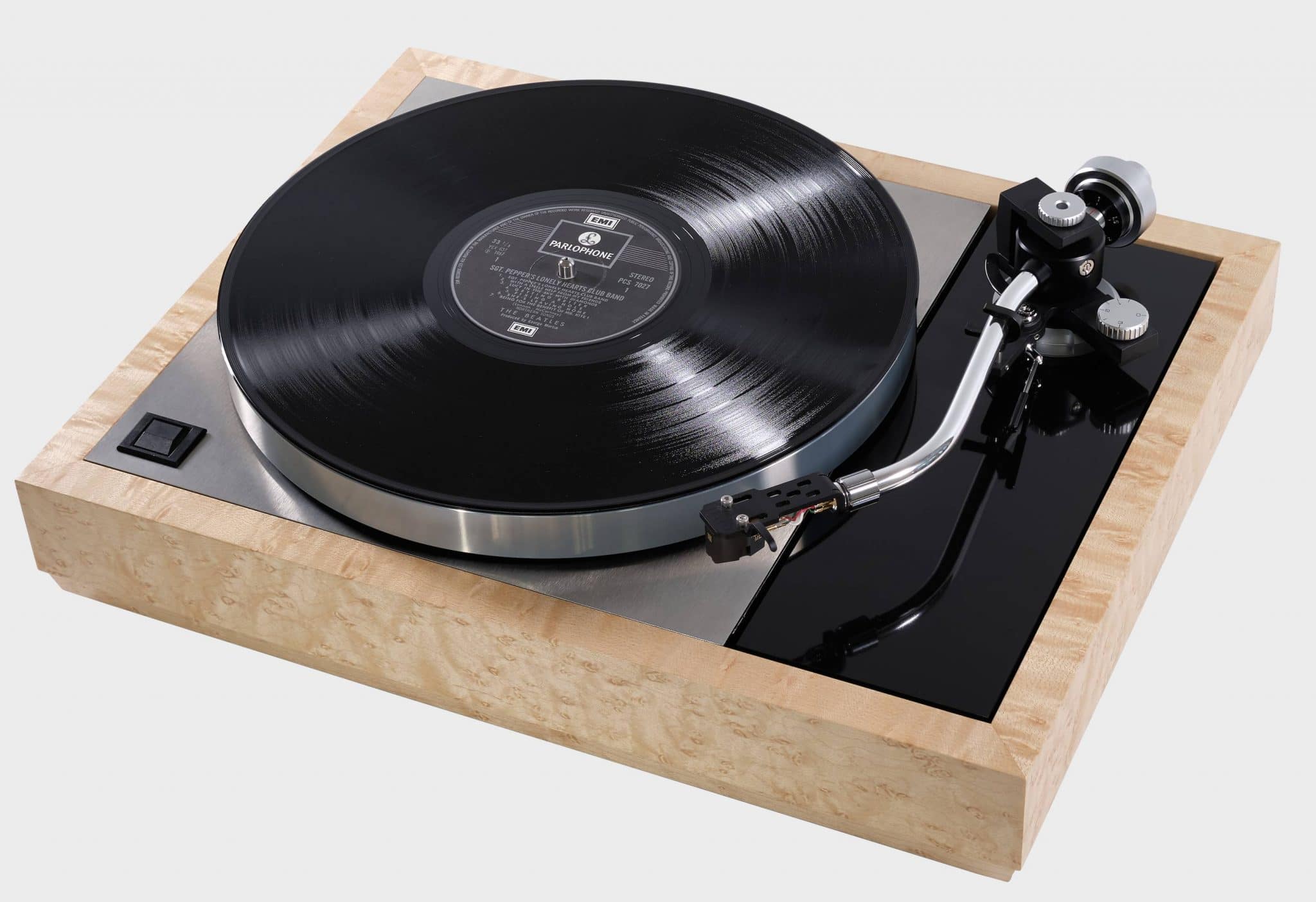
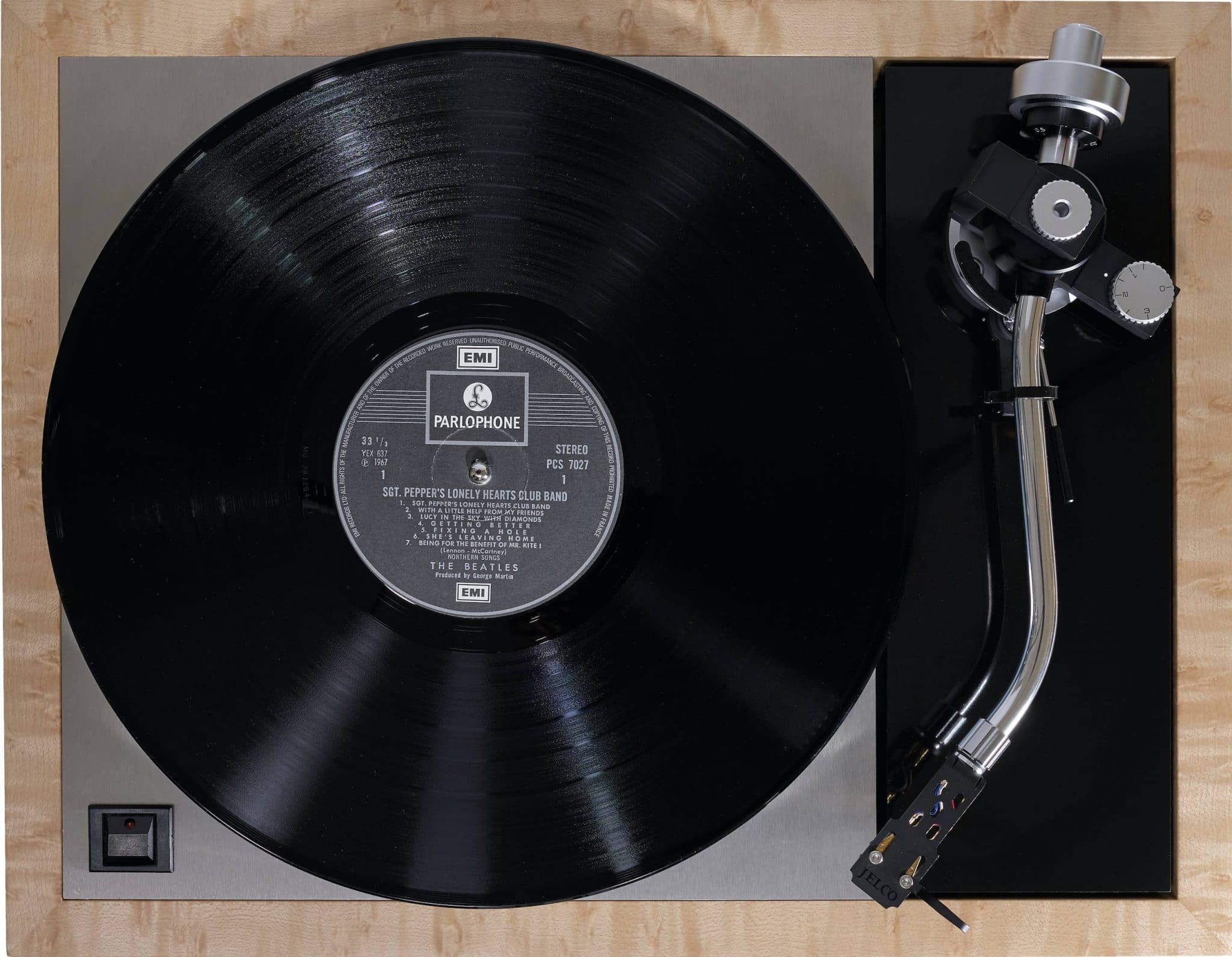
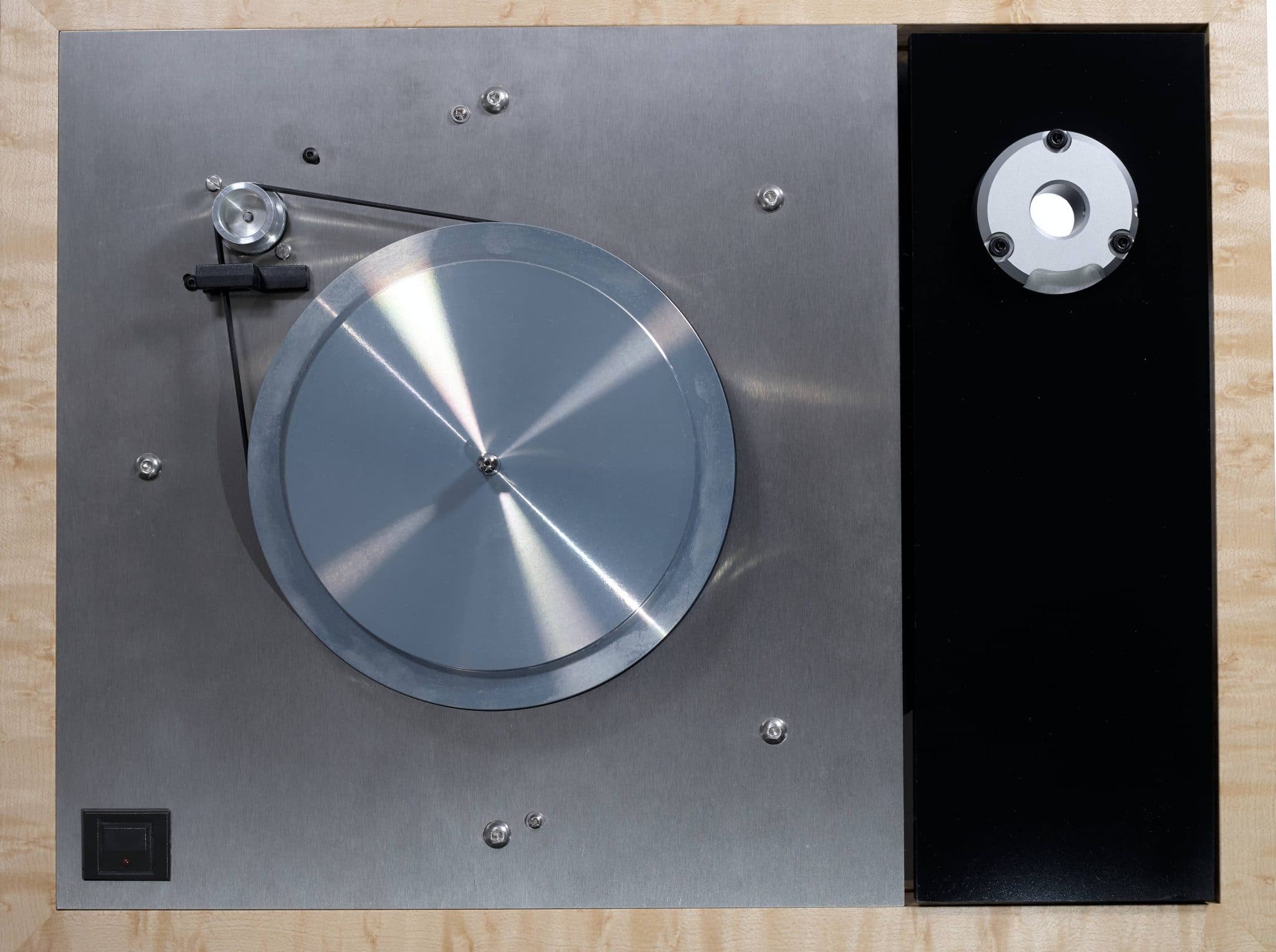
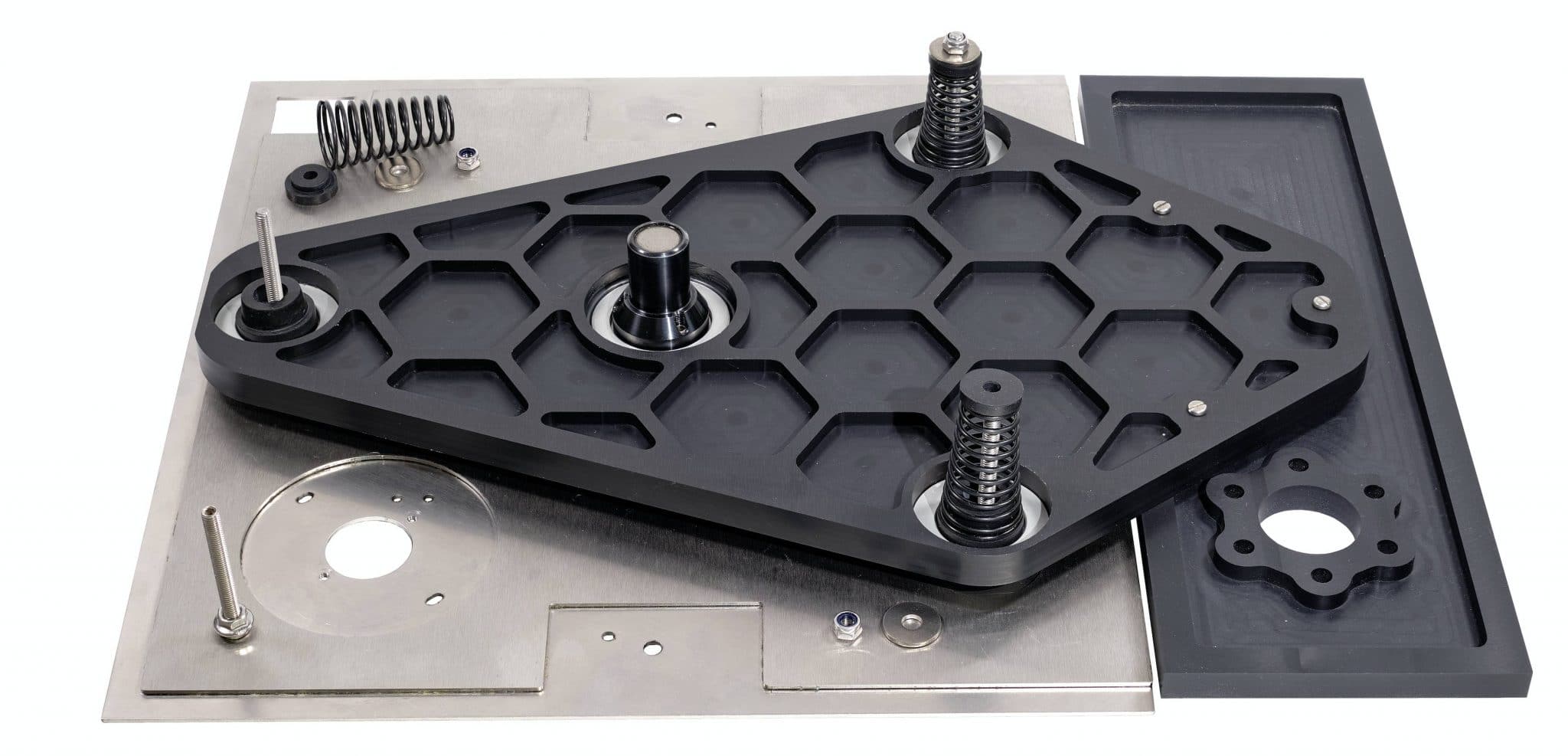
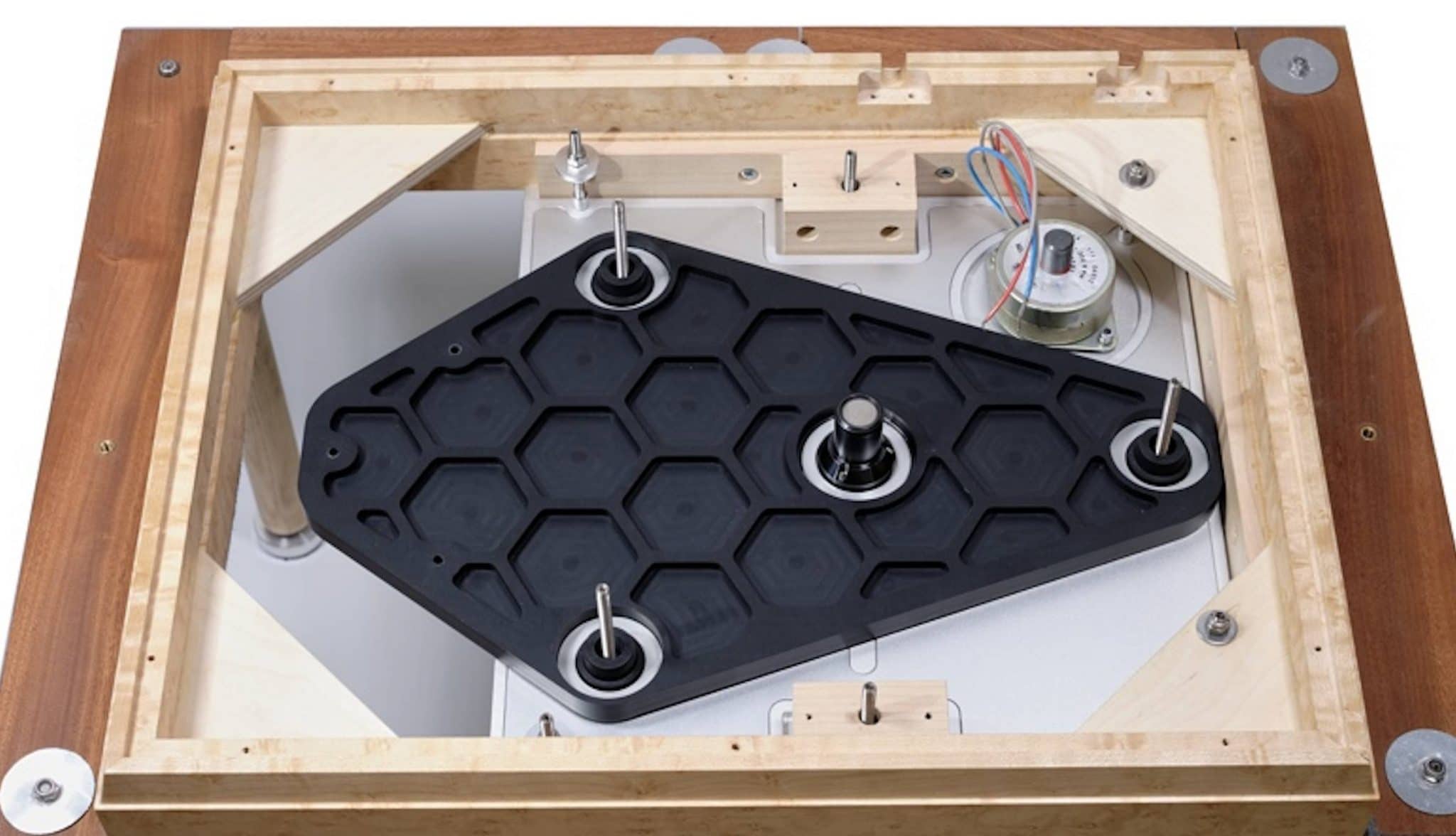

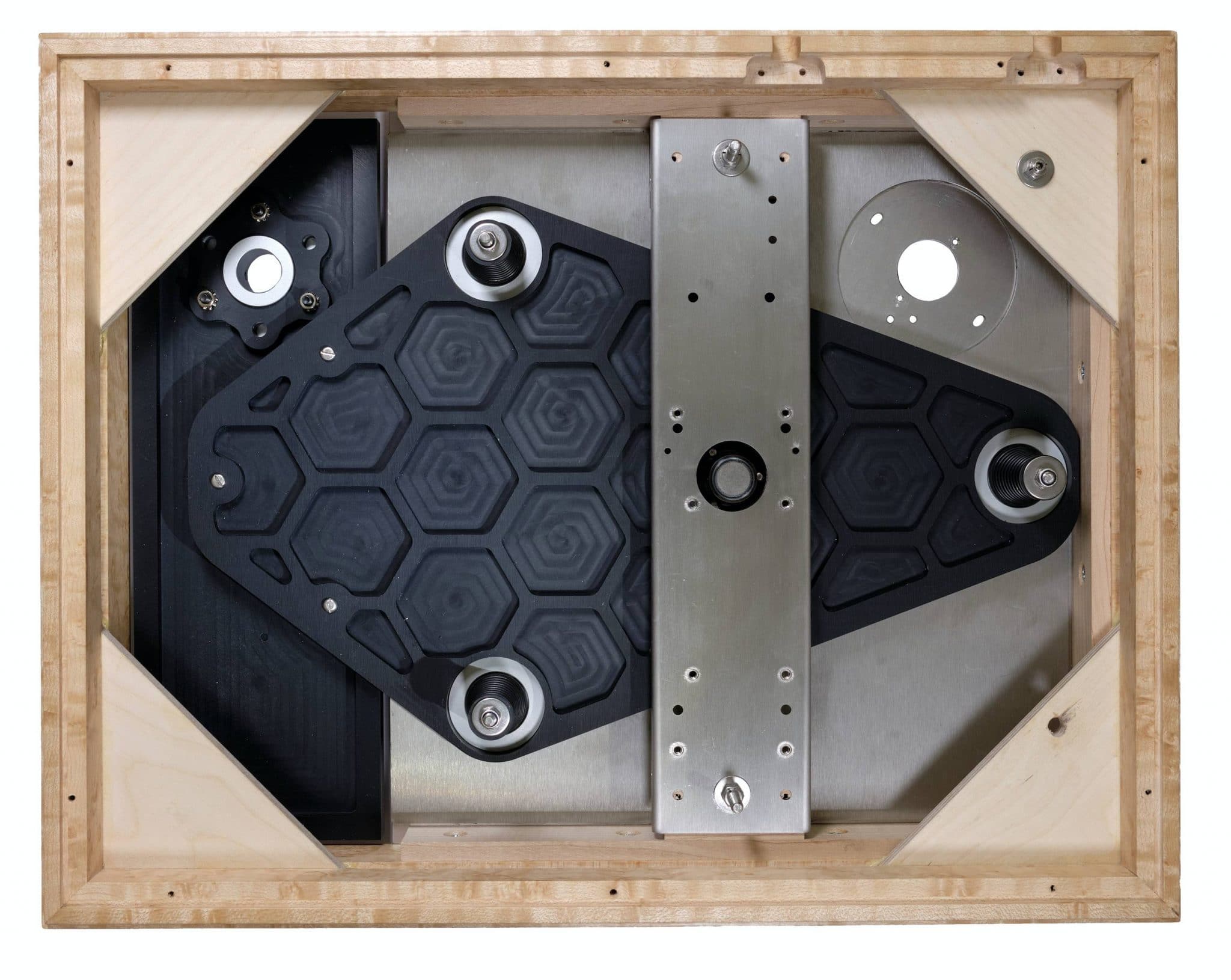
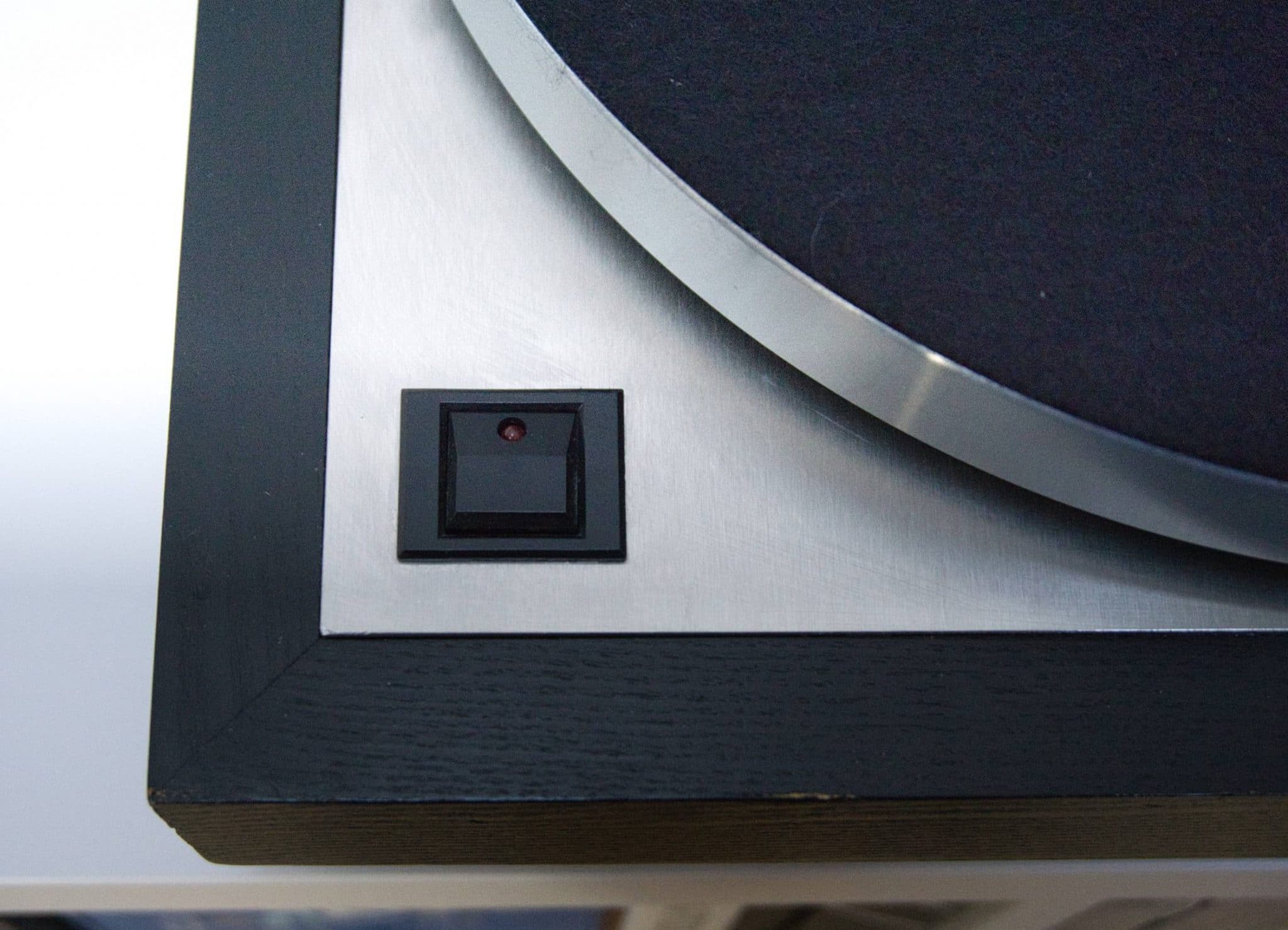
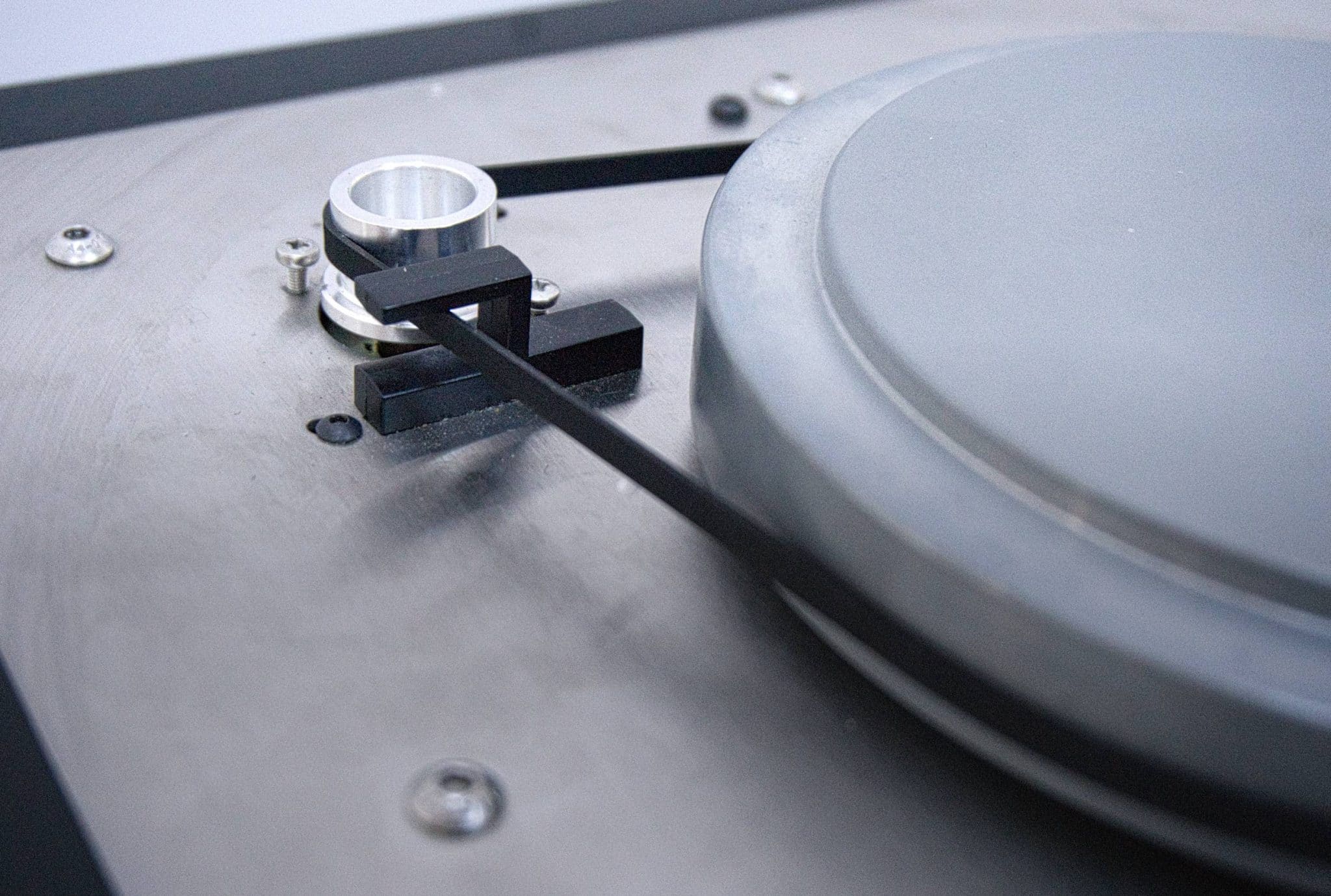
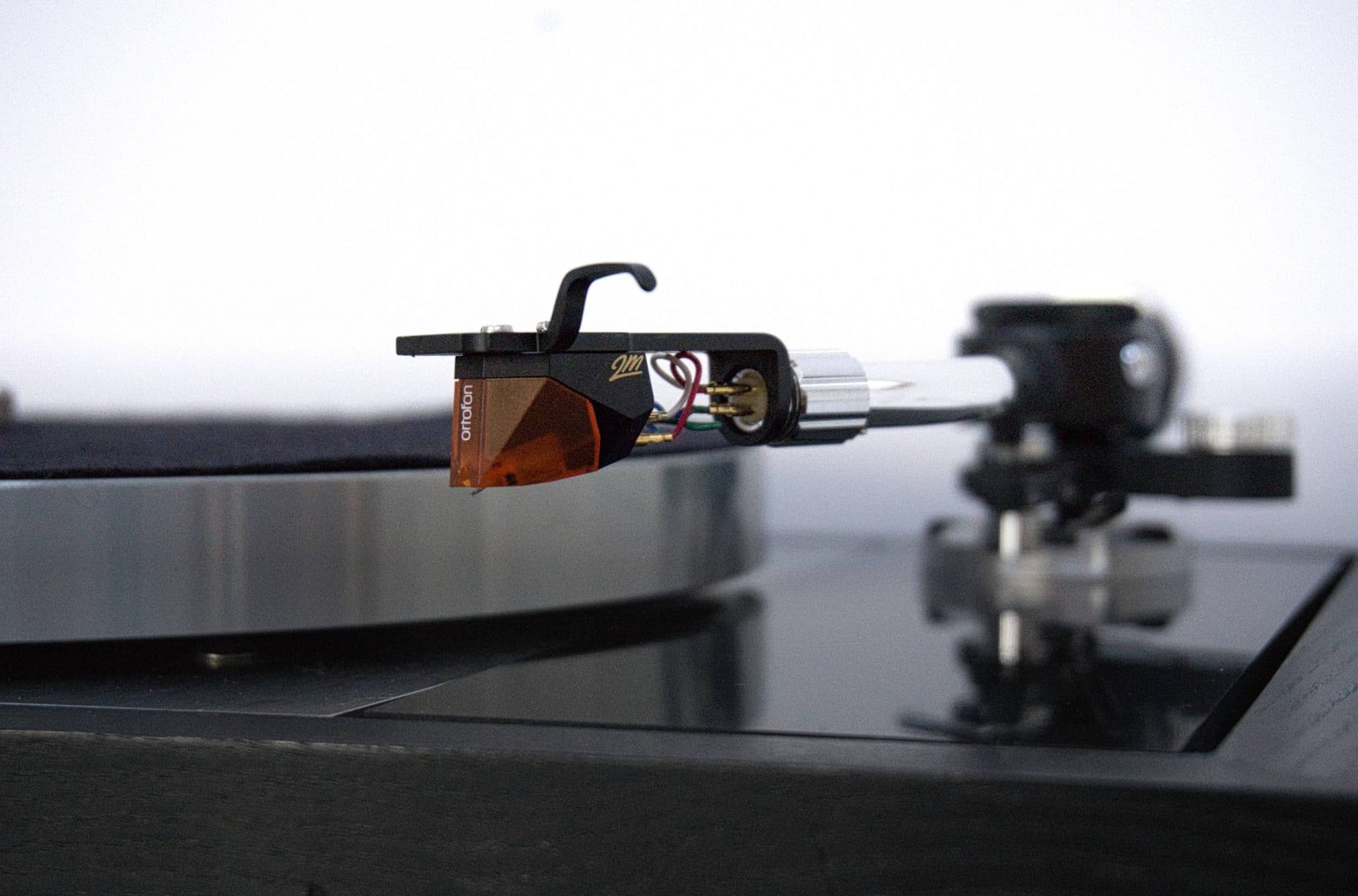
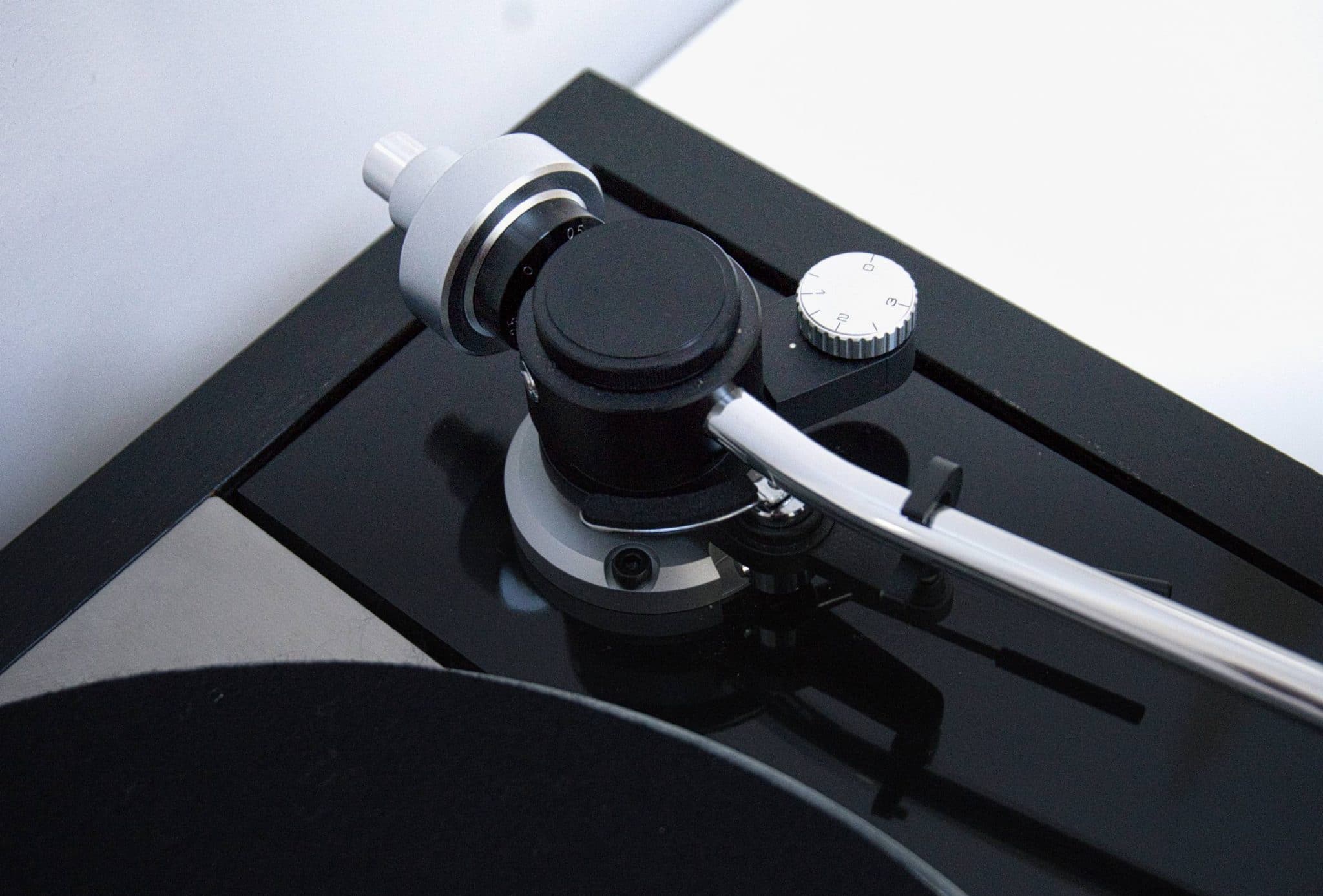
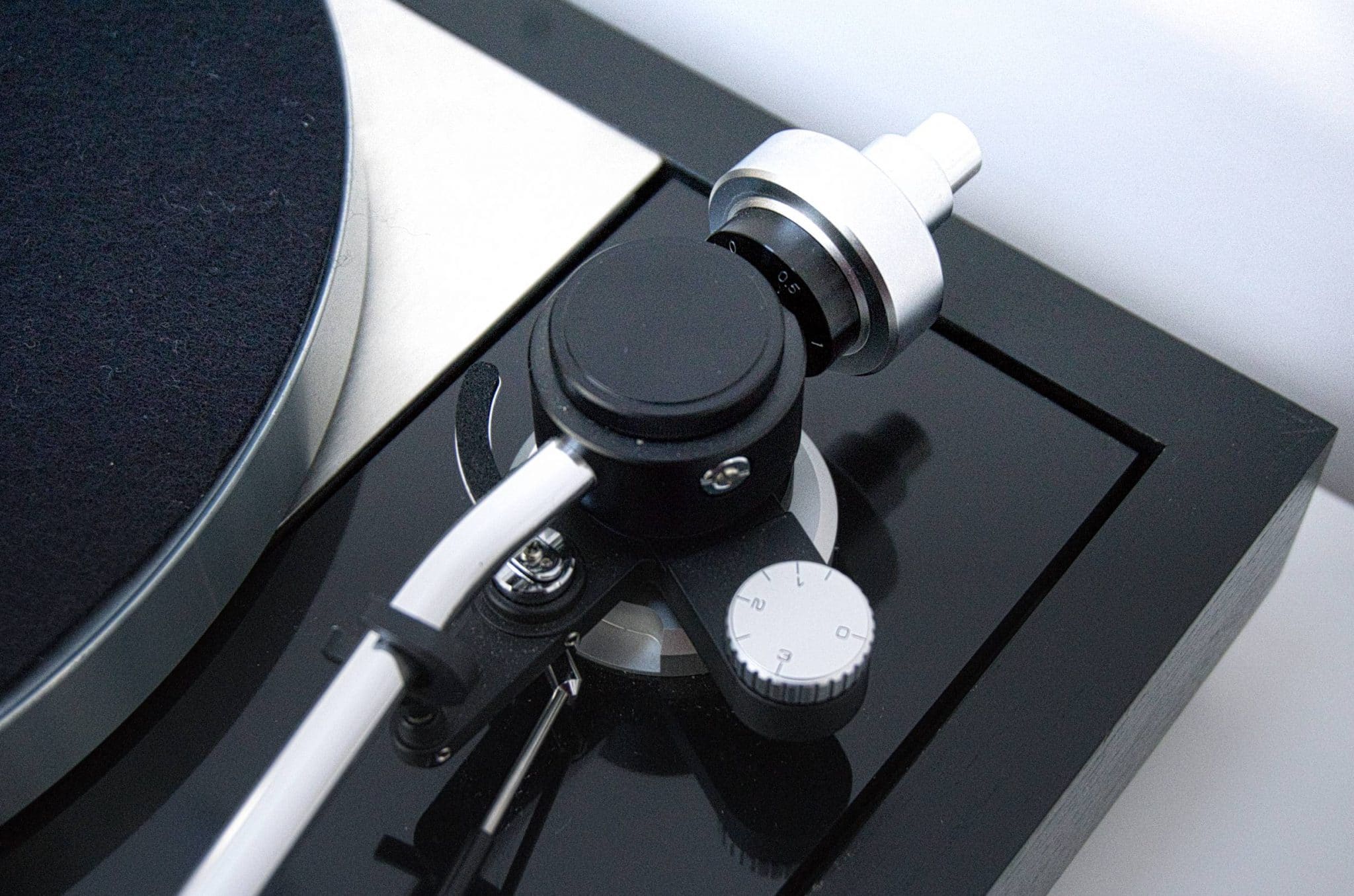
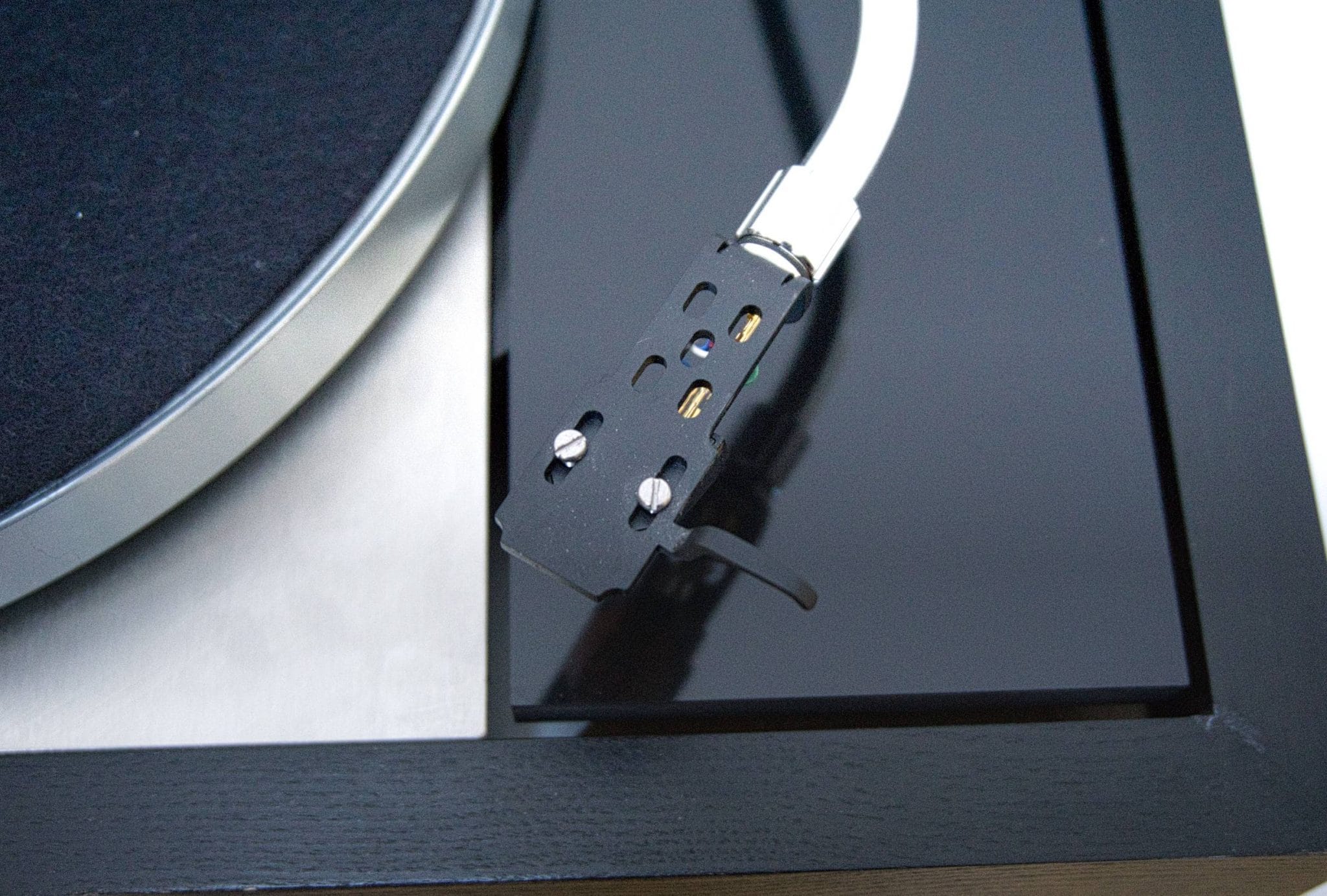
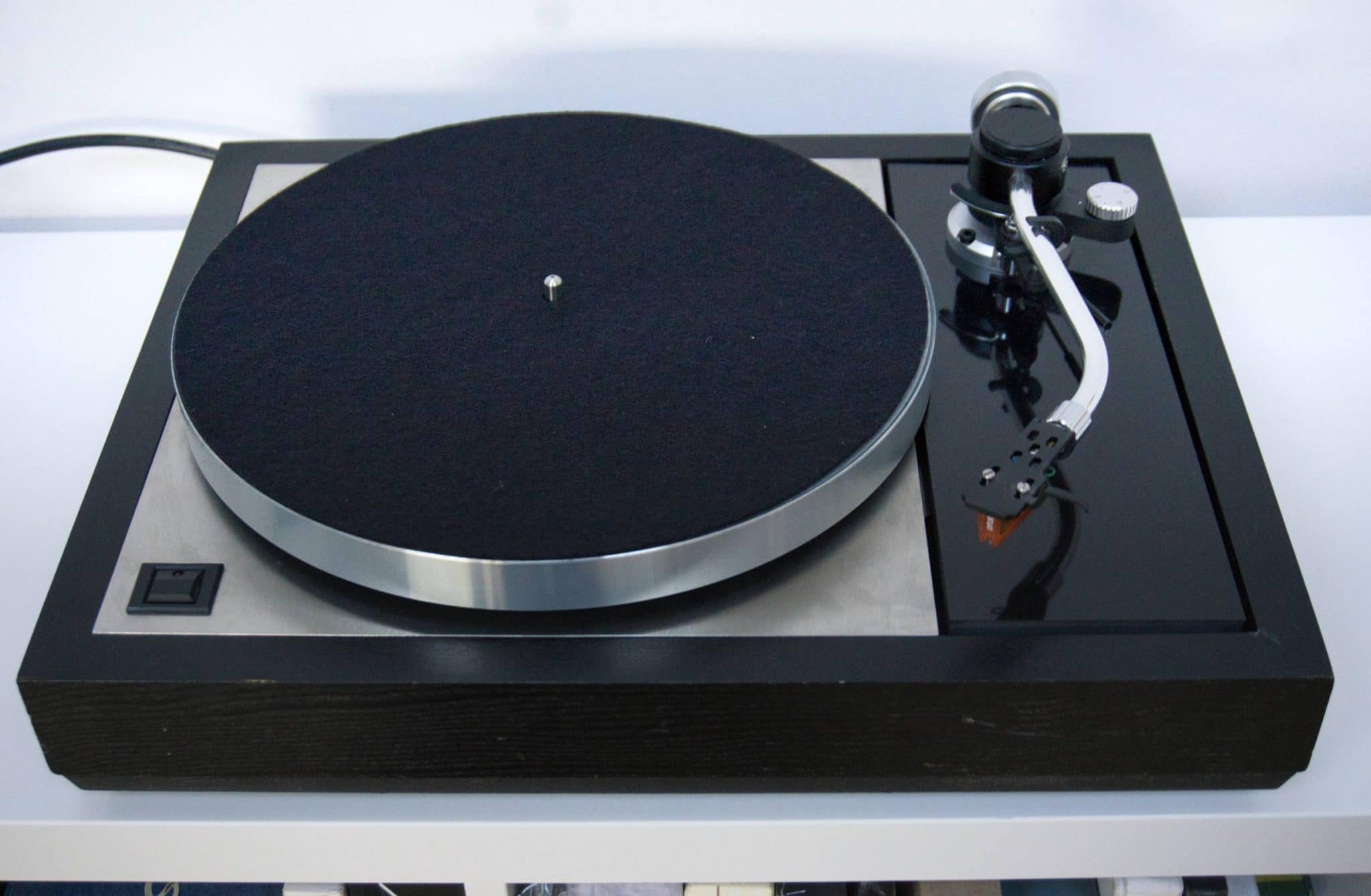



Good. To see a review of the stack upgrades. I’ve been mulling over a purchase of the ultimate top plate for quite a while now. I really like the extra fixings it provides to the plinth.
My own Lp12 owned by me from 1980 has the sole mk1v sub- chassis and Mober DC motor.( Poor man’s Radical)
I don’t have a base board as it certainly sounds better without it than the original saggy one.
Arm is a Audio Origami Pu7 with the lovely Cadenza bronze.
I will purchase the ultimate top plate but still not sure about a new base.
Keep up the good work.
Regards
Steve Chapman
Thanks Steve and great to see that you’re using a PU7 – very nice! I like AO, also loved this one: https://theaudiophileman.com/graduate-to-uni/
Had you bought an original Sondek in 1972, then every upgrade that’s been offered since, the money would probably have bought a holiday home in Provence.
Hi, you could look at it another way. How many of us are still using the same turntable we bought in the 70’s or 80’s ?
Many “audiofiles” go through many different turntables in pursuit of what is the flavour of the month wasting money.
I abandoned Linn’s upgrades long ago as stupidly over priced. Thankfully many third party’s have filled that void. Do I think the Lp12 is the best turntable in the world? Of course not but I know it would cost me an awful lot of cash to significantly better it .
Regards
Interesting thoughts Stephen, many thanks.
Inane proces! Just saying. ü§£ü§£üòéüòé
Insane*
Hi Paul.
I have a 1989 Linn Sondek (Valhalla) with Ekos tonearm recently serviced with new replacement parts fitted and set up by an approved Linn dealer. I intend to sell it very soon. I was puzzled by the price you quoted for a Linn of about the vintage that I have –
£700 Р£1,000 Рas I have seen an Ekos tonearm sold for £1,000 without the deck, which in turn could sell for £500 to £700 Рso I am told.
Can you please clarify?
Regards
Graham
Hi Graham – prices are conservative, yes but I was looking at a turntable price with no arm. A Jelco was added for the review plus an Ortofon cart. There’s a couple of Linn/Valhalla decks on eBay right now for ¬£700-ish and just under ¬£1k. It’s tough to zero in on prices because they vary but I tried to find a ball-park figure.